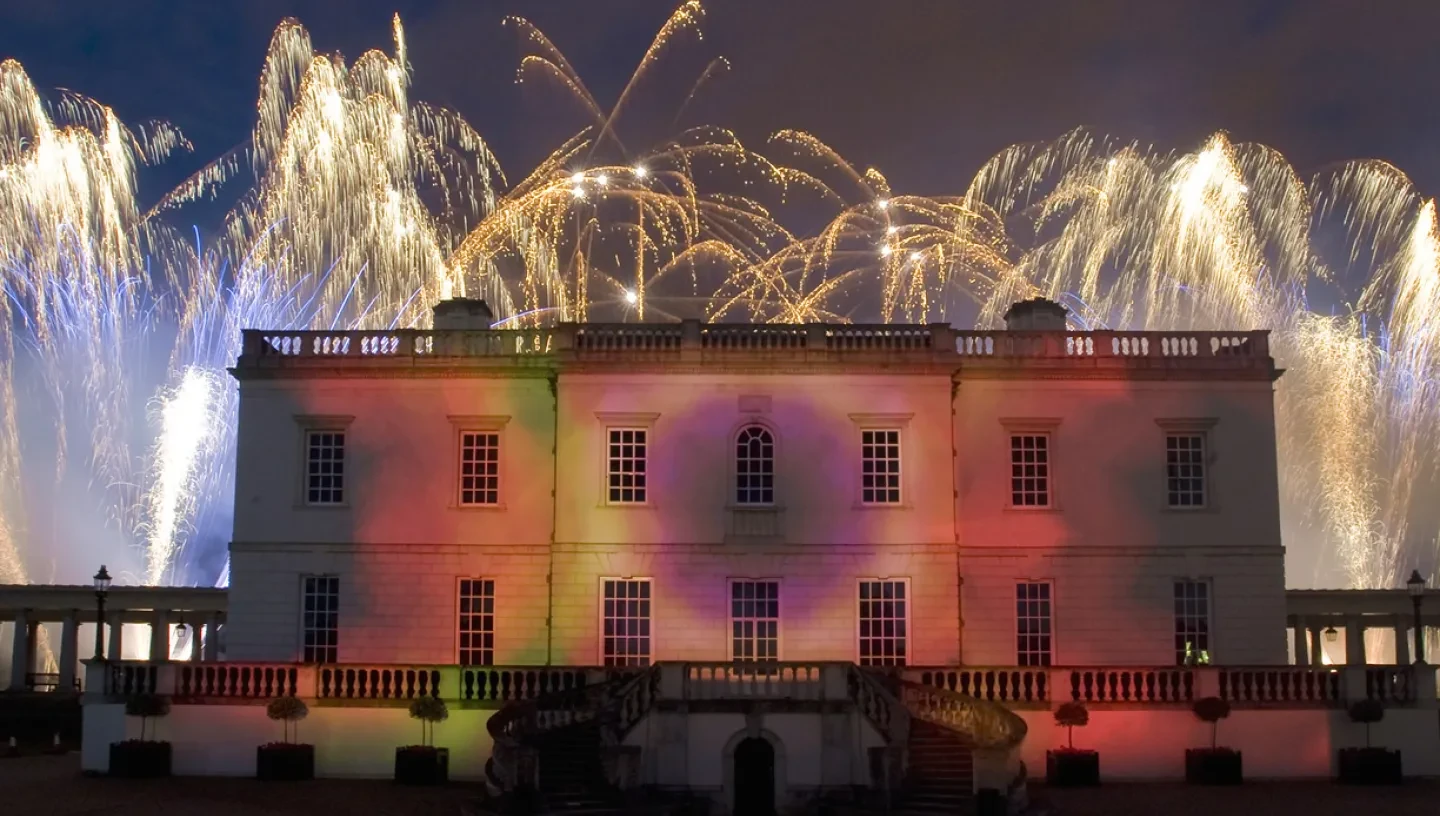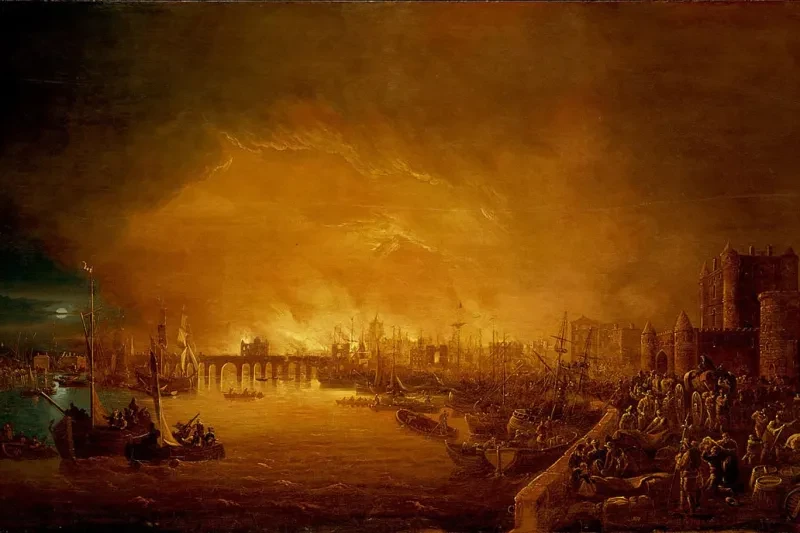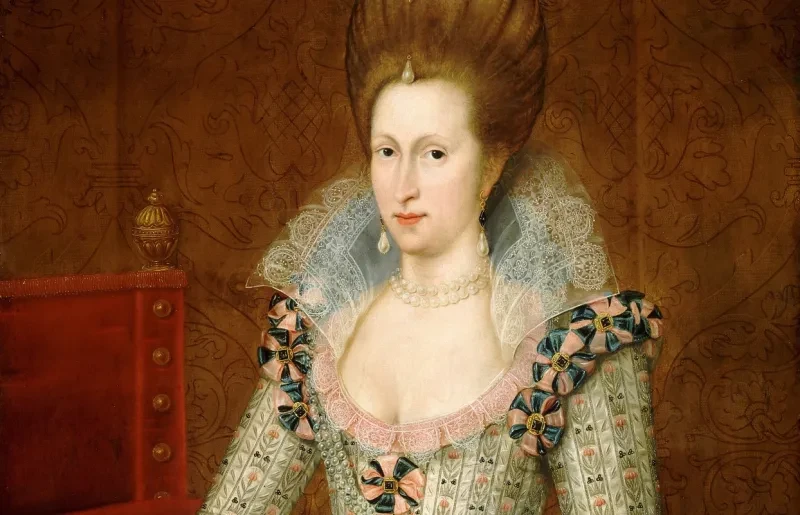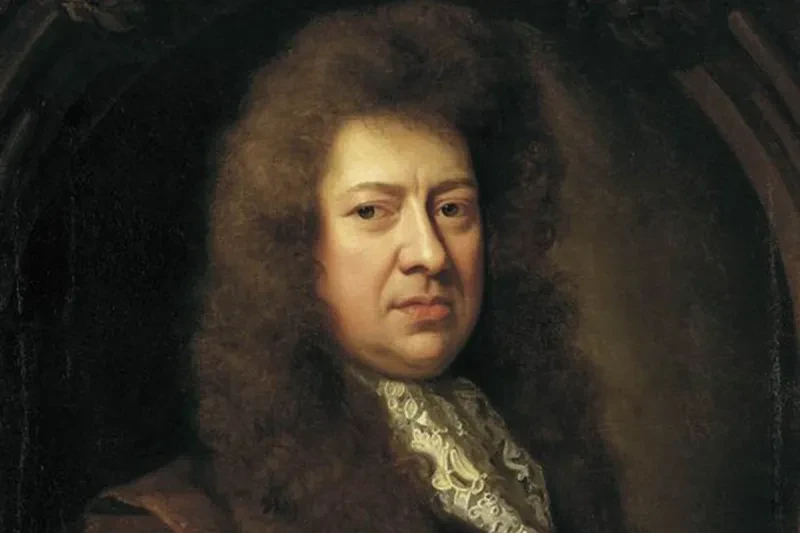
What was the Gunpowder Plot?
The Gunpowder Plot was a failed attempt to assassinate King James I of England during the Opening of Parliament in November 1605.
The plan was organised by Robert Catesby, a devout English Catholic who hoped to kill the Protestant King James and establish Catholic rule in England. As part of the plan, Catesby intended to kidnap James’s nine-year-old daughter Princess Elizabeth and install her as a puppet queen.
English Catholics had expected more religious tolerance under James I compared to the reign of his predecessor, Elizabeth I. James's wife, Anne of Denmark, was a Catholic, and the king initially appeared sympathetic to English Catholicism.
However, these hopes were dashed in early 1604 when in a speech to Parliament James I said he ‘detested’ the Catholic faith. Days later, he ordered all Jesuit and Catholic priests to leave the realm.
Following the king's declaration, Catesby joined forces with other Catholic conspirators to bring down the Protestant government.
When was the Gunpowder Plot?
The Gunpowder Plot itself was foiled in the early hours of 5 November 1605. However, the failed attack had been years in the making.
Catesby and the core group of conspirators first met and swore an oath of secrecy on 20 May 1604. At first they had planned to tunnel beneath the Houses of Parliament, but in 1605 they were able to rent a cellar located directly beneath the House of Lords.
Dozens of barrels of gunpowder were moved in, and explosives expert Guy Fawkes prepared to ignite the cache during the Opening of Parliament.
Who was involved in the Gunpowder Plot?
As well as Guy Fawkes and Robert Catesby, 11 other men eventually joined the conspiracy. Thomas Wintour, Jack Wright and Thomas Percy were part of the initial group of five with Fawkes and Catesby.
They were later joined by Robert Keyes, Robert Wintour, John Grant, Kit Wright, Thomas Bates, Ambrose Rookwood, Francis Tresham and Sir Everard Digby.
Why did the Gunpowder Plot fail?
On 26 October 1605, Catholic peer Lord Monteagle, Francis Tresham’s brother-in-law, was handed an anonymous letter by a servant. This letter, delivered by a stranger in the road, warned Monteagle not to attend the opening of Parliament.
Monteagle, loyal to the king, took the letter to James I’s chief minister Robert Cecil, 1st Earl of Salisbury.
The plotters had been informed of the letter by a servant of Monteagle, but despite the risk that their plan had been discovered decided to continue.
Cecil meanwhile had chosen to wait to see how events unfolded, in particular since King James I was busy hunting in Cambridgeshire. Following the king’s return to London, the letter was finally shown to him on Friday 1 November.
On 4 November men loyal to the king searched the vaults of Parliament and found a large pile of firewood in a cellar. Fawkes himself was also discovered; claiming he was called John Johnson, Fawkes said that the firewood belonged to his master Thomas Percy. This aroused further suspicion however, as Percy was already known to the authorities as a Catholic agitator.
James I ordered a second search, and in the early hours of Tuesday 5 November Fawkes was found dressed in a cloak and hat, wearing boots and spurs and carrying fuses and matches. He was arrested. 36 barrels of gunpowder were later discovered.
Fawkes was tortured and eventually revealed his identity and those of his fellow plotters. The planned Catholic uprising came to nothing, and the other conspirators attempted to flee. Catesby, Percy, Jack and Kit Wright were killed while attempting to escape the authorities, but the surviving eight plotters were captured and eventually found guilty of treason on Monday 27 January 1606.
Sir Everard Digby, Robert Wintour, John Grant, and Thomas Bates were hanged, drawn and quartered on 30 January in St Paul’s Churchyard. Fawkes, along with Thomas Wintour, Ambrose Rookwood and Robert Keyes, suffered the same fate a day later at the Old Palace Yard at Westminster.
Why do people celebrate Bonfire Night or Guy Fawkes Night?
An Act of Parliament passed in the months following the plot ensured that the failure of the Gunpowder Plot would be marked every year. Churches attendance on 5 November was made compulsory under the terms of the act, and congregations had to give thanks for the failure of the conspirators.
Modern Bonfire Night celebrations, with fireworks and bonfires, have evolved out of this tradition of remembering the failed plot of 5 November. Some celebrations still include effigies or ‘guys’ being tossed onto the bonfire.
Another tradition as a result of the failed Gunpowder Plot is the ceremonial search of the Houses of Parliament. Before a State Opening of Parliament, the Yeomen of the Guard search the cellars of Westminster for explosives.
Main image: Fireworks over the Queen's House





